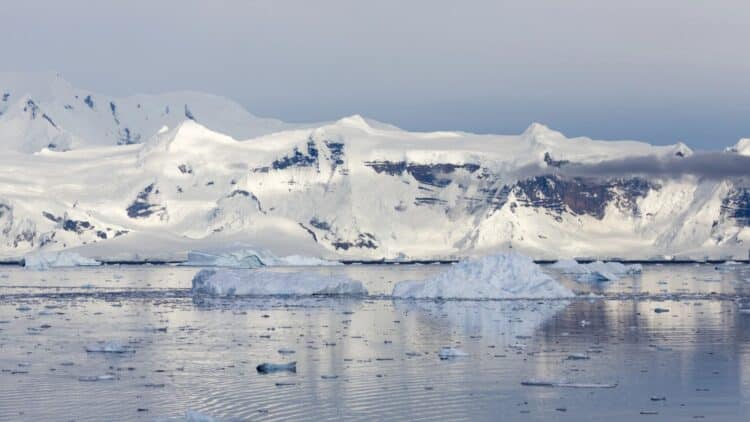Researchers and scientists from India and other countries have achieved a historic scientific milestone: extracting ice cores from Antarctica that preserve a climate record dating back up to 1.2 million years. The initiative behind this major scientific achievement is the international project Beyond EPICA – Oldest Ice, which has provided an unprecedented window into the past atmosphere and global climate.
What’s inside Antarctica’s ice and how it affects Earth’s climate
The ice collected alone is almost three kilometers thick. Found in the Littler Dome C region of East Antarctica, scientists worked intensely for four consecutive summers to drill down to the bedrock. Each core sample taken from a massive ice block contains air bubbles that have been trapped for millions of years.
Chemical analysis of these small samples was conducted in laboratories in Europe and India, allowing scientists to accurately reconstruct the atmospheric composition of ancient times.
Scientists involved in the project have already confirmed that this ice core is the oldest record ever obtained. These samples specifically cover a period when Earth’s glacial cycles began to change, from 41,000 to 100,000 years ago.
The extreme challenge of Antarctic drilling
According to the scientists involved in the project, this expedition was no simple task. Average temperatures in the region, specifically at the research station near Concordia, were around -35ºC. Furthermore, another factor that impacted the operation was the constant wind, which made the work exhausting. A team of 16 specialists had to work with extreme precision to drill, millimeter by millimeter, until they reached a depth of 2.8 kilometers.
“It was an exciting moment when we touched the bedrock,” said Italian glaciologist Federico Scoto. This sentiment was shared by scientists from the British Antarctic Survey and ten countries that make up the project’s European consortium.
This entire process took more than a decade to plan, and melting the final 190 meters of the oldest ice that ever existed took many weeks of continuous work. Every detail related to this project needed to be recorded to avoid losing precious chemical information, such as gases and microscopic particles.
Why is a project like this, involving very old ice, important today?
According to preliminary results, even during the warmest periods of the last 800,000 years, the concentrations of carbon dioxide and methane never reached current levels.
Carlo Barbante, the scientist and coordinator behind the Beyond EPICA project, says that it is difficult to understand the past, but that this project could be an important key to predicting what lies ahead. “These records show how greenhouse gases shaped the climate before humans existed to emit them. Now, we can compare and understand the impact of our actions,” he explained.
Furthermore, a project like this could open doors to other discoveries. Ice deeper than this may even contain geological and biological remains from before the last great glaciation, and data like this could completely change our understanding of how life survived and evolved during Earth’s most extreme climatic periods.
A scientific and human achievement
Thanks to the large blocks of ice tubes collected, the Beyond EPICA – Oldest Ice project is a landmark in human history, especially in the search for information about millions of years of history. The project is not only a victory for science, but a reminder that this knowledge about the past is essential to protecting the future.
India and its European partners have made it clear that, with collaboration and persistence, even the slow and possibly involved work, it is always possible to decipher even the planet’s oldest secrets. In the coming years, analyses should reveal how the climate has changed and what can be done to prevent history from repeating itself.


